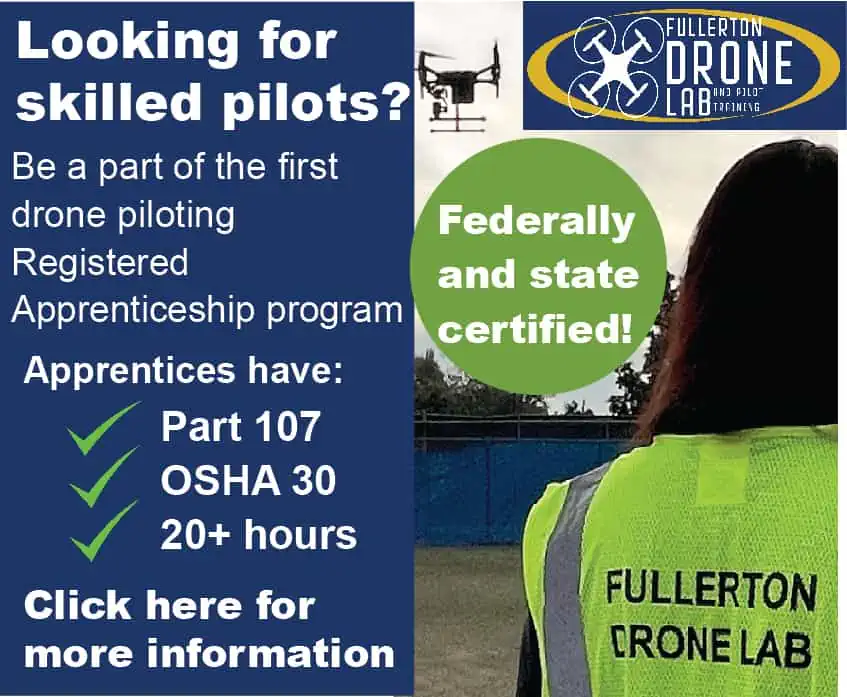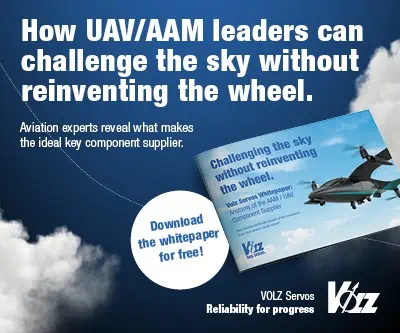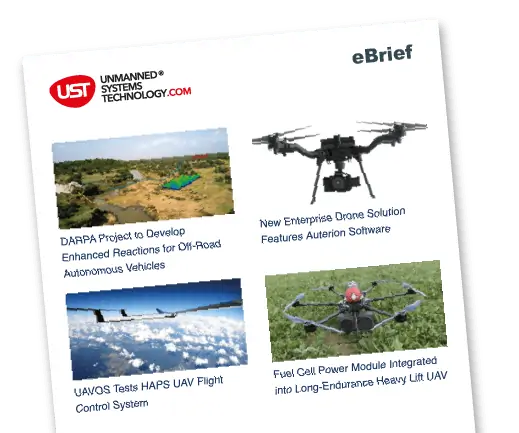Space & HAPS News & Articles
Jan 12, 2024
Nov 29, 2023
Sep 18, 2023
Aug 16, 2023
Jul 25, 2023
Jul 7, 2023
Jun 30, 2023
May 16, 2023
Feb 7, 2023
Sep 21, 2022
Nov 19, 2021
Aug 4, 2021


















